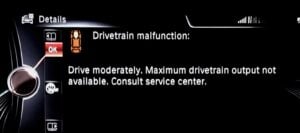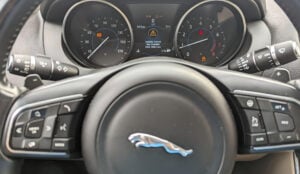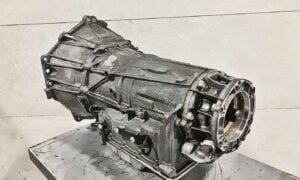Mitsubishi Transmission Level Fluid Check
Need to check the transmission fluid of your Mitsubishi? Learn how to check the fluid level of your transmission by following the procedures below.
This guide provides instructions on checking the Mitsubishi vehicles’ transmission fluid level. These steps will help you check the transmission fluid level on the Mitsubishi Outlander, Lancer, Galant, Eclipse, etc.
You will need
- Clean Cloth
- Mitsubishi Transmission Fluid
Only use the recommended transmission fluid type noted in your owner’s manual. CVT transmissions use a different fluid than the standard Mitsubishi automatic transmission.
Procedure
- Ensure the engine is cold and has not been driven.
- Start the engine and move the shifter between P, R, N, and D, stopping for five seconds on each gear.
- Park the car on level ground. Place the gear selector in Park and engage the parking brakes. Leave the engine running.

- Pull the hood release under the dashboard and open the hood.

- Locate the transmission/ dipstick. Most Mitsubishi vehicles are on the driver’s side, between the battery and the motor.

- Pull the dipstick out and clean it with a clean cloth. Fully reinsert it in the transmission tube.

- Remove the dipstick again. The level should be between the MIN and MAX mark lines with C in the middle.
 C stands for cold, which means that transmission fluid is still cold. If the level is below the MIN mark, drive the vehicle for fifteen minutes in a stop-and-go pattern, making sure to shift through all the gears. Use the shifter lever to manually shift to 1st, 2nd, 3rd, and 4th gears if the vehicle is equipped with a CVT transmission and drive, making frequent stops.
C stands for cold, which means that transmission fluid is still cold. If the level is below the MIN mark, drive the vehicle for fifteen minutes in a stop-and-go pattern, making sure to shift through all the gears. Use the shifter lever to manually shift to 1st, 2nd, 3rd, and 4th gears if the vehicle is equipped with a CVT transmission and drive, making frequent stops. - Stop the vehicle and repeat steps 2 to 5. Since the transmission fluid has warmed up, if you follow the procedure above, the transmission fluid temperature should now be in the 70 − 80°C range. When you check the transmission fluid level, it should be between the MIN and MAX marks with H in the middle. H stands for hot.
- If the transmission fluid level is low, add your owner’s manual’s recommended Mitsubishi transmission fluid level.
If the transmission fluid smells burned, it can indicate internal transmission wear or a faulty torque converter. Replacing transmission fluid and filter can sometimes fix the problem, but there is no guarantee.
Do not overfill the transmission fluid level above the maximum mark, which can cause transmission issues. Mitsubishi’s automatic transmissions are susceptible to transmission fluid levels. Low transmission fluid can cause slipping, while high transmission fluid can cause erratic shifting and damage to the transmission’s internal components.
Should you check the Mitsubishi transmission fluid level with the engine running?
Yes. When checking the transmission fluid level on a Mitsubishi, the engine should be running in Park or Neutral.
What are the symptoms of low transmission fluid on a Mitsubishi?
Common symptoms of low transmission fluid on a Mitbusih include:
- Transmission slipping
- Check engine light on
- Erratic shifting
- Transmission bangs when changing gears
- The vehicle won’t accelerate.
- The transmission stuck in gear.
- Transmission won’t change gears (not applicable to CVT)
We hope you find the Mitsubishi Transmission Level Fluid Check guide helpful. Check these troubleshooting and repair guides for more help on your Mitsubishi.





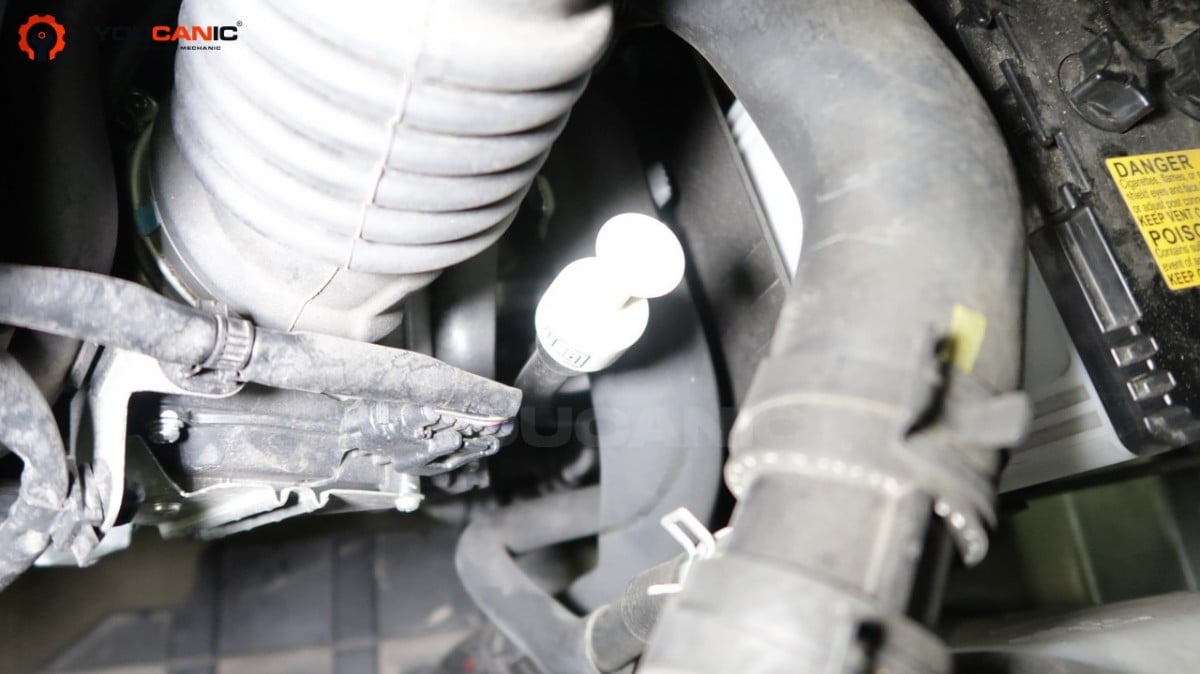
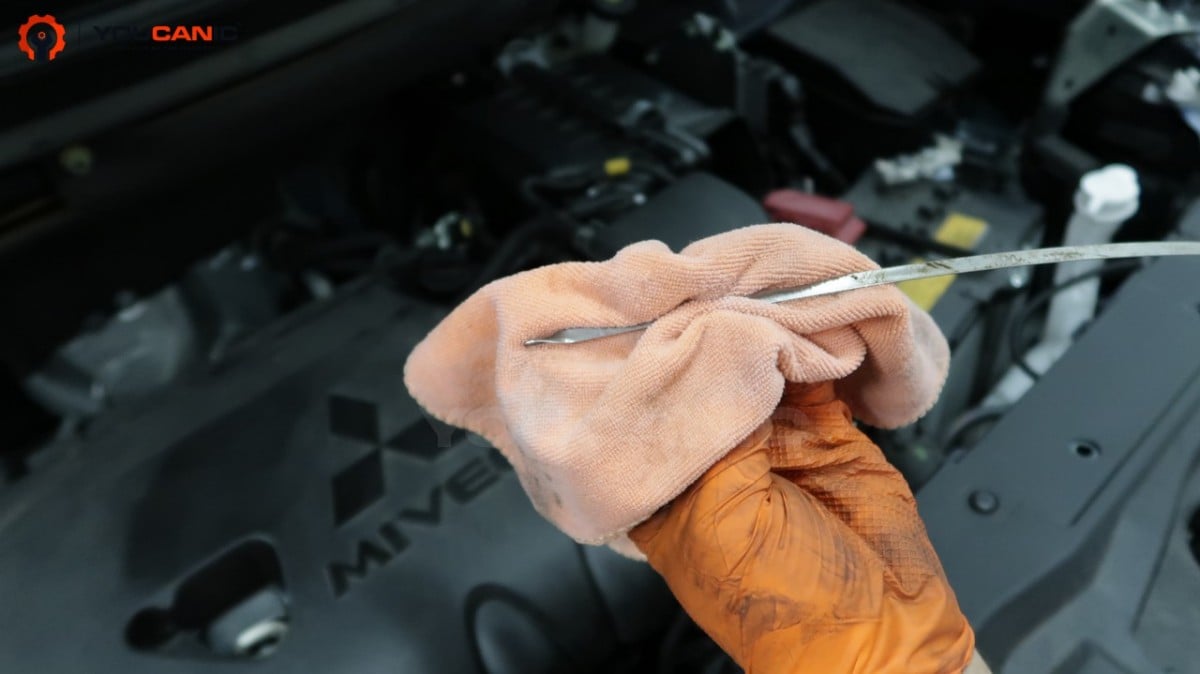
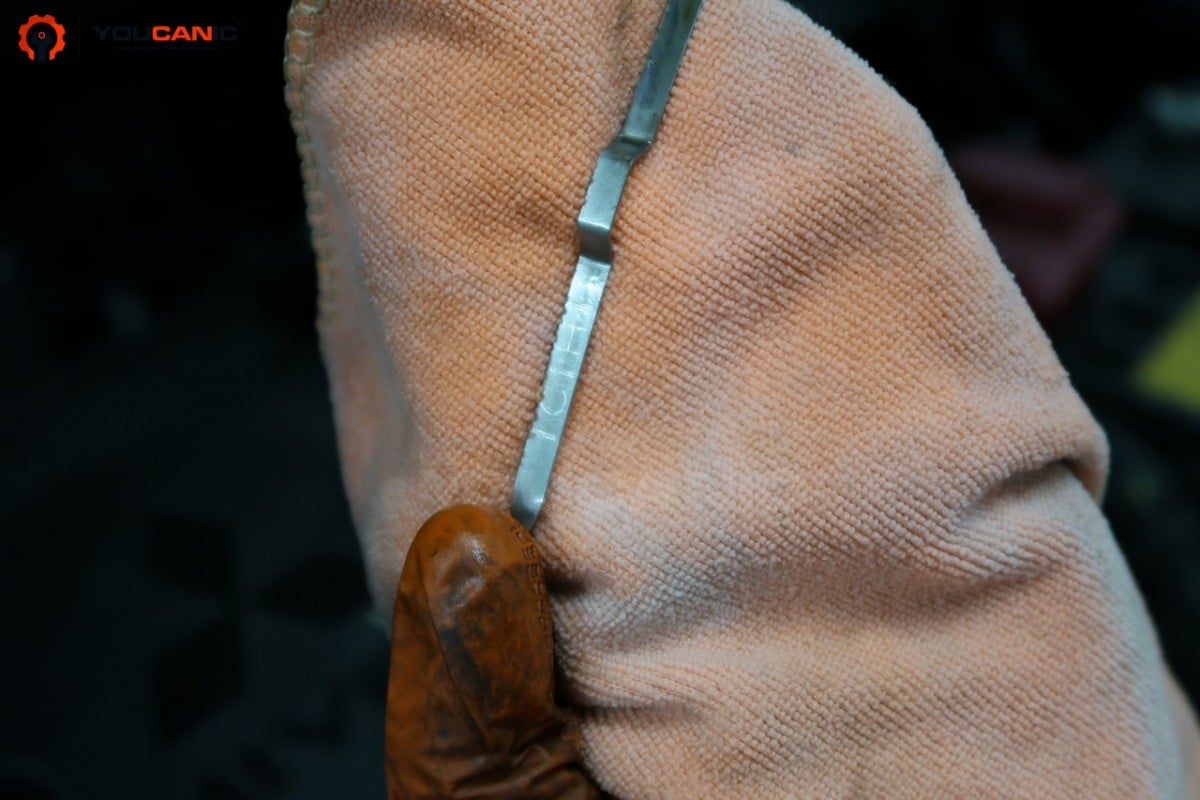 C stands for cold, which means that transmission fluid is still cold. If the level is below the MIN mark, drive the vehicle for fifteen minutes in a stop-and-go pattern, making sure to shift through all the gears. Use the shifter lever to manually shift to 1st, 2nd, 3rd, and 4th gears if the vehicle is equipped with a CVT transmission and drive, making frequent stops.
C stands for cold, which means that transmission fluid is still cold. If the level is below the MIN mark, drive the vehicle for fifteen minutes in a stop-and-go pattern, making sure to shift through all the gears. Use the shifter lever to manually shift to 1st, 2nd, 3rd, and 4th gears if the vehicle is equipped with a CVT transmission and drive, making frequent stops.
